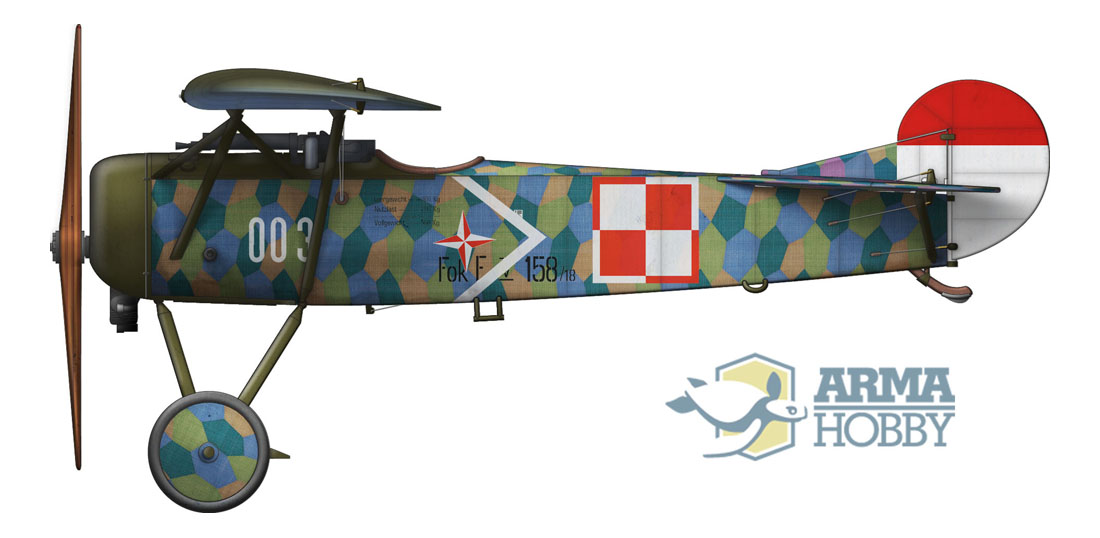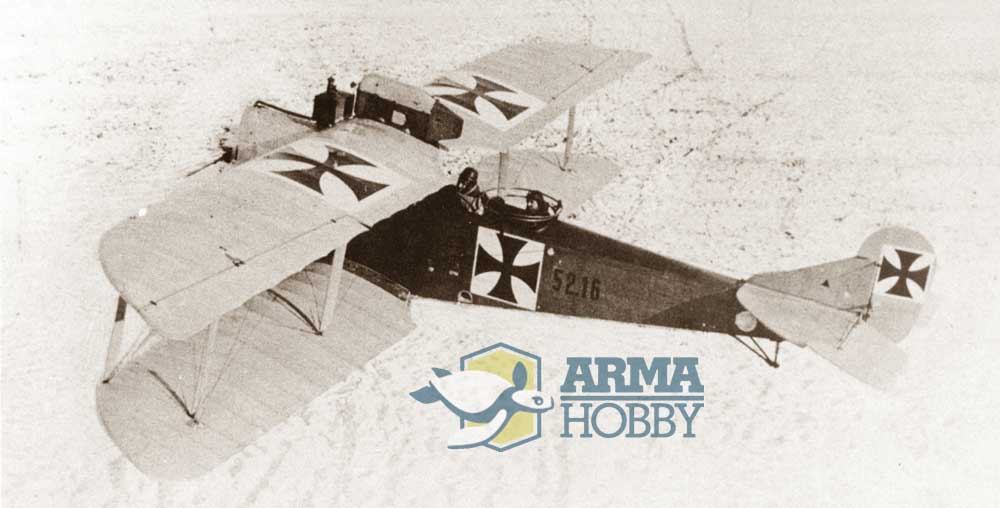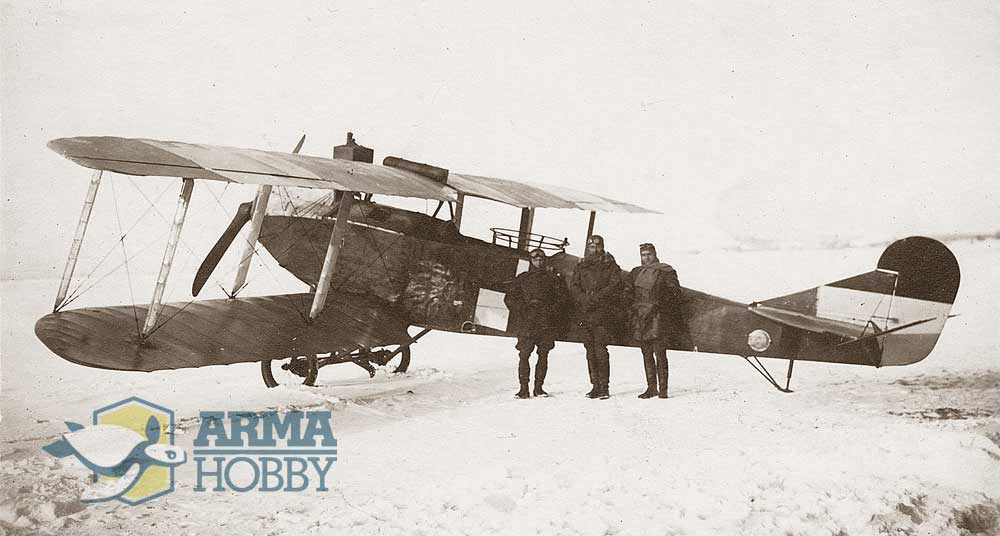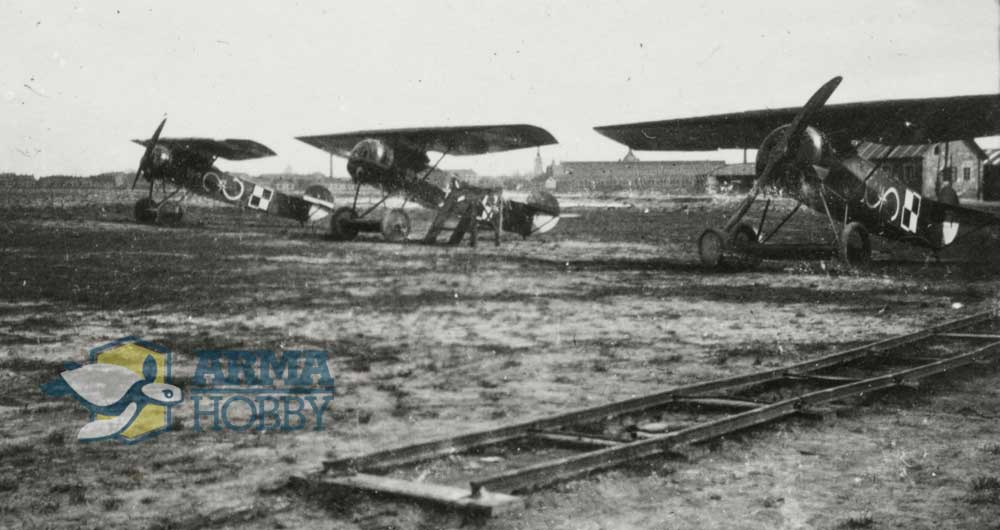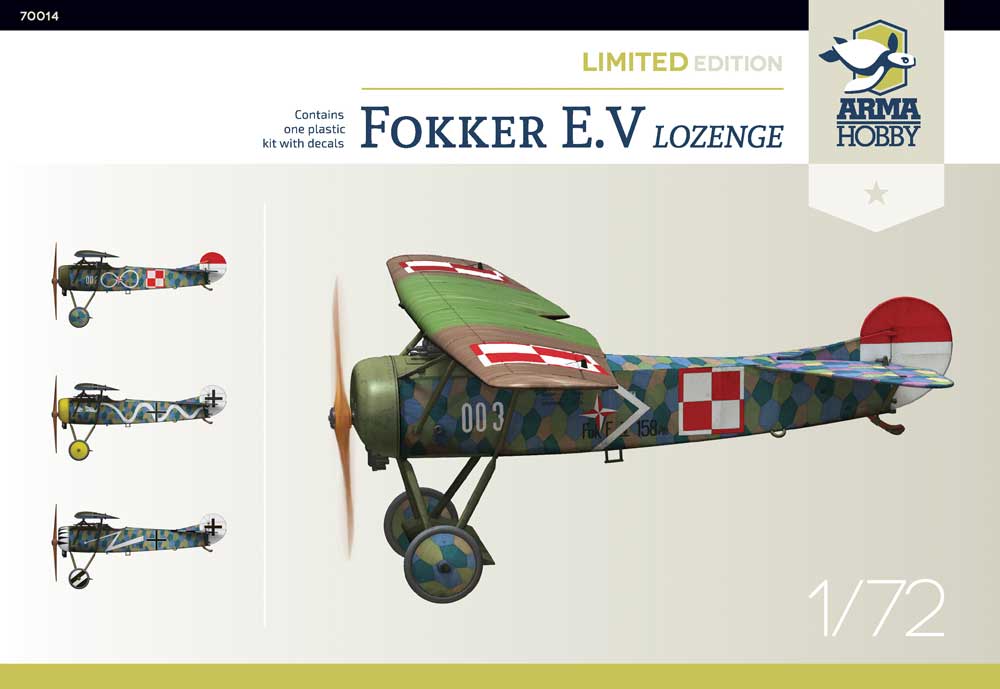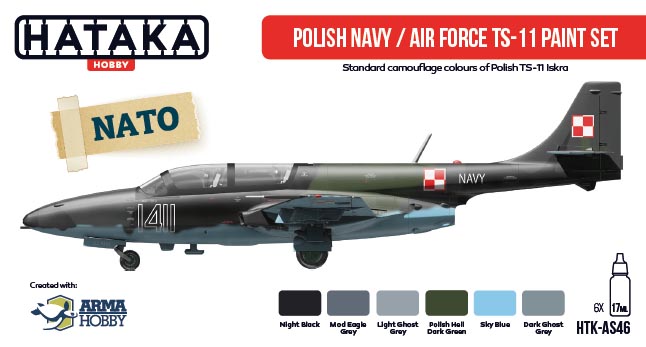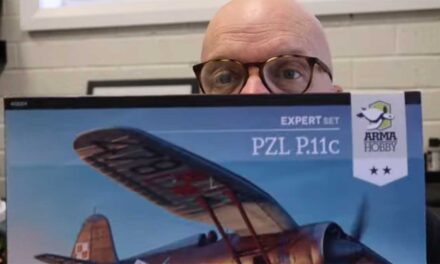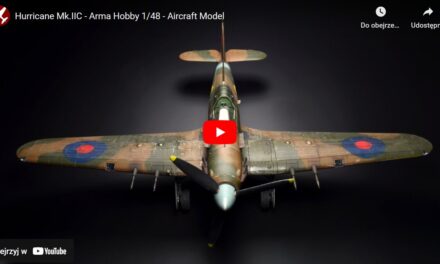5th November should be celebrated as the Day of the Polish Air Forces. While the first liberated occupant’s airbase was in Cracow, the first fight for the Polish independence has been fought by the aviators from the City of Lwów. On that day pilot Lt. Stefan Bastyr and observer Lt. Janusz de Beaurain, after take-off from the Lwów-Lewandówka airfield, bombed and strafed Persenkówka station, where the Ukrainian Sich Riflemen have come by train to capture the Lwów. And after that flight came next ones. Bastyr was the pilot who flew more missions than any other airman. Three weeks later with great pride the Lwów’s Eagles have observed the Sich Riflemen retreating from the Semper Fidelis City of Lwów ultimately. But after defeat of the Ukrainian armies the new war begun – with Bolshevik. So the struggle started in November 1918, for the Lwów’s aviators was finally finished only in October 1920.
S tefan Bastyr is a forgotten hero of the beginning of Polish Aviation. It is a shame he is not commemorated well yet. Who remembers him today? None Polish Air Force Unit was named with his name yet? No city honoured him as a patron of a street or square? No Polish aeroplane has the tail painted in red and white to commemorate painting scheme of independent Poland’s first combat planes? Bastyr’s duty was to fight for Lwów, and it may be unclear to the contemporary reader why. Lwów is no longer in Poland. Even young Poles know nothing about that city. It is forgotten, that Lwów was Polish for 600 years. When Poland regained its independence in 1918 Poles made up 60% of Lwów’s population, while the Ukrainians only 11% and the city were then more Polish than Warsaw or Poznań.
tefan Bastyr is a forgotten hero of the beginning of Polish Aviation. It is a shame he is not commemorated well yet. Who remembers him today? None Polish Air Force Unit was named with his name yet? No city honoured him as a patron of a street or square? No Polish aeroplane has the tail painted in red and white to commemorate painting scheme of independent Poland’s first combat planes? Bastyr’s duty was to fight for Lwów, and it may be unclear to the contemporary reader why. Lwów is no longer in Poland. Even young Poles know nothing about that city. It is forgotten, that Lwów was Polish for 600 years. When Poland regained its independence in 1918 Poles made up 60% of Lwów’s population, while the Ukrainians only 11% and the city were then more Polish than Warsaw or Poznań.
Oeffag C.II 52.16 during service in Austro-Hungarian aviation. Flik 18, February 1917. Combat version. Later, but already during the Great War, the plane was fitted with dual controls and served as trainer. In such version it was captured by the Poles.
5th November 1918
5th November is the Stefan Bastyr’s day. It was he who, with fellow airmen, organized Lwów’s aviation. After repelling the Ukrainian forces from the city, for his merits during liberation of Lwów, he was promoted to Captain. Later he commanded Lwów’s III. Grupa Lotnicza (Aviation Group) and III. Dywizjon Lotniczy (Aviation Wing), in 1920 became 6th Army Aviation commander. He performed more combat missions than any other Polish pilot of that period. His name is important part of the history of the 1918 defence of Lwów, the 1919 Polish-Ukrainian war and the 1920 Polish-Bolshevik war. With heart disease, exhausted with numerous and long flights, he died in airplane crash on the Lwów airfield on 6th August 1920. Posthumously he has been decorated with Virtuti Militari Order V Class, Krzyż Niepodległości (Independence Cross) and Krzyż Walecznych (Cross of Valour) four times. He has been buried on the Defenders of Lwów Cemetery.
Stefan Bastyr in memory of witnesses
One of the Lwów’s airbase young soldiers, Franciszek Friedrich, recalls:
His head was always smoothly shaven, he wore ordinary soldier’s uniform and shoes made of horse’s hide. He was prudent and good pilot, never liked any tricks or aerobatics in the air. He flew always with Lt. Toruń, was always silent, never wore any insignia so he could have been mistaken for private, but liked to work with airfield technicians, he overpainted German markings on the airplanes with Polish ones himself.
Oeffag C.II already in Polish colours. No the marking typicall for Lwów airbase: red and white tail.
Other soldier, technician of the Lwów’s air maintenance unit Stanisław Balowski, recalls the hot moments just after capture of the Lwów’s airbase by the Poles in the first days of November and Bastyr’s first combat sortie:
After we met some boy, we learned that there are two officers in the hangars, and that they speak Polish. So we went to the hangars and at the second hangar we met officers who aimed their rifles on us and ordered us to stop. After checking our documents and lowering the rifles I was presented to Cpt. Bastyr and Lt. Toruń.
After telling them that I have been employed in the maintenance unit since 1914 and that I know the base very well, I showed them airplane Brandenburg 5216 [correctly: Oeffag C.II 52.16] which was airworthy before the November and preserved in 3rd hangar. After going there, it turned out that the airplane lacks magnetos and is partially disassembled. After explaining where the spare parts can be found I started to work, Cpt. Bastyr went to look for spares and Lt. Toruń helped me at airplane assembly which we finished at 5th November.
On 5th November there was first flight, before noon. Cpt. Bastyr and Lt. Toruń, after circling around the Lwów landed safely, but the plane had 17 bullet holes and one serious damage, pierced undercarriage, so the safe landing with that damage was a miracle.
…and enemies
We are lucky to be able to read, besides Polish reports, an account of the person from the opposite side, who witnessed Polish airplane attack on the Persenkówka station. This account allows us to fully understand how big effect this first air attack in the history of Polish aviation had, an attack of only one Lwow’s airplane manned by Bastyr and de Beaurain. It is hard to belive that!
Ukrainian author Oleksa Kuźma in a book November Days 1918 (Published in 1931) wrote:
What happened on the Persenkówka station with Ukrainian Sich Riflemen was pure scandal. At the moment, when waves of the ordered retreat [after fights for Lwów Main Station] reached the station, Polish airplane appeared and dropped a few bombs, which hit the trains directly. Explosions had unexpected effect on the troops, already shaken with the retreat, causing serious panic. Lt. Bagan lost his mind completely and gave up command. Panic between the helpless officers and disorganised troops went far beyond anything.
None of the officers wanted to take command, so they all together decided to return the whole unit by train to Dawidów, in order to re-organize the troops and restore the combat-readiness. And as in Dawidów they faced food and supply problems, the train went on the night even farther, to Stare Sioło.
Stefan Bastyr’s Fokker E.V
Fokker E.V 158/18 „003”. 7. Eskadra Lotnicza (Aviation Squadron) Lwów-Lewandówka, April-June 1919. While in popular belief Cpt. Stefan Bastyr’s airplane is Fokker „002”, it was „003” which was used as his primary fighter airplane during fights for Lwów. Chevron on the fuselage side may be early version of his personal marking known from his Fokker D.VII. Artowork by Marcin Ciepierski, Arma Hobby.
Three Fokkers of the Lwów’s squadron, May 1919. From the left: „002”, „003” and „001”
Fokker E.V 158/18 „003”. Lwów-Lewandówka airbase. Note the white and red compass rose painted on all three Lwow’s Fokkers and individual marking – the white chevron
 More about Polish Fokkers operational history and markings you will soon be able to read in the Tomasz Kopański’s new book prepared by STRATUS Edition.
More about Polish Fokkers operational history and markings you will soon be able to read in the Tomasz Kopański’s new book prepared by STRATUS Edition.
Polish Wings/Polskie Skrzydła 25, Fokker E.V/D.VIII
Chapter on Fokker’s colours and markings was written by armahobbynews.pl, contributor Grzegorz Mazurowski.
.
Advertisment
Markings for Stefan Bastyr’s Fokker „003” are included in the Fokker E.V/D.VIII Limited Edition in Arma Hobby Internet Shop
English Transaltion by Grzegorz Mazurowski, All photos from Author’s collection.
Res. Lt. Col. Dr. Tomasz J. Kopański – historian, author of many books about the history of Polish Air Forces and Polish airplane’s monographies.
This post is also available in:
 polski
polski


